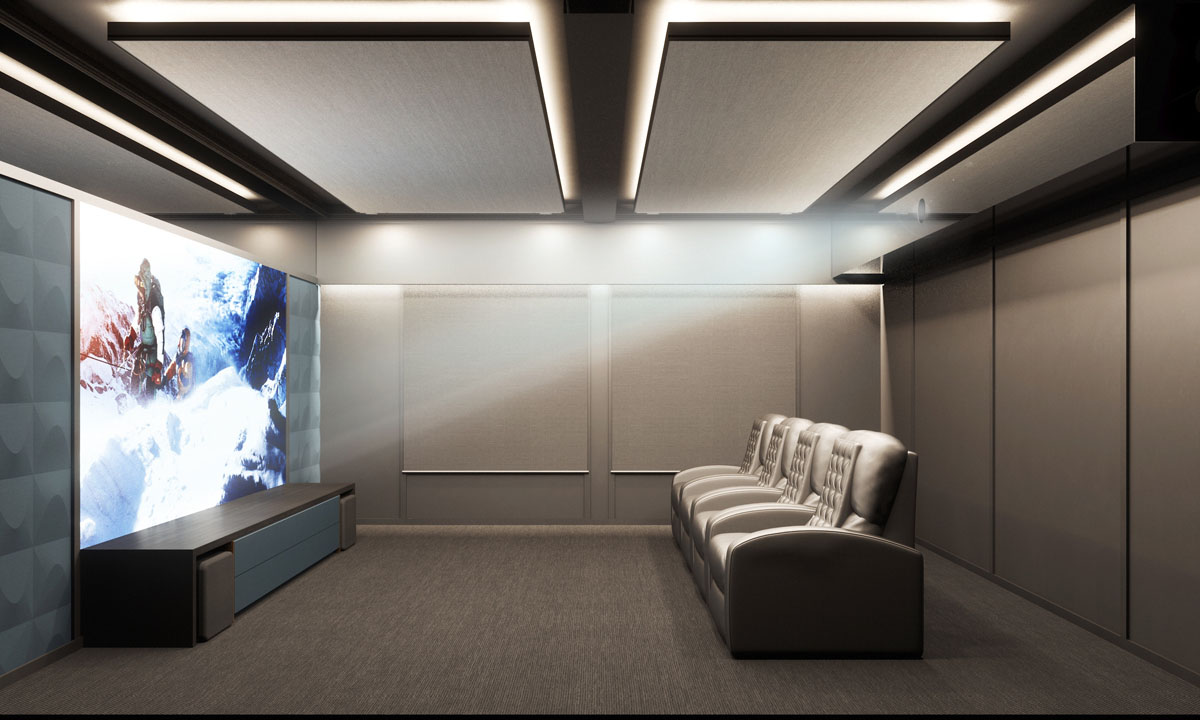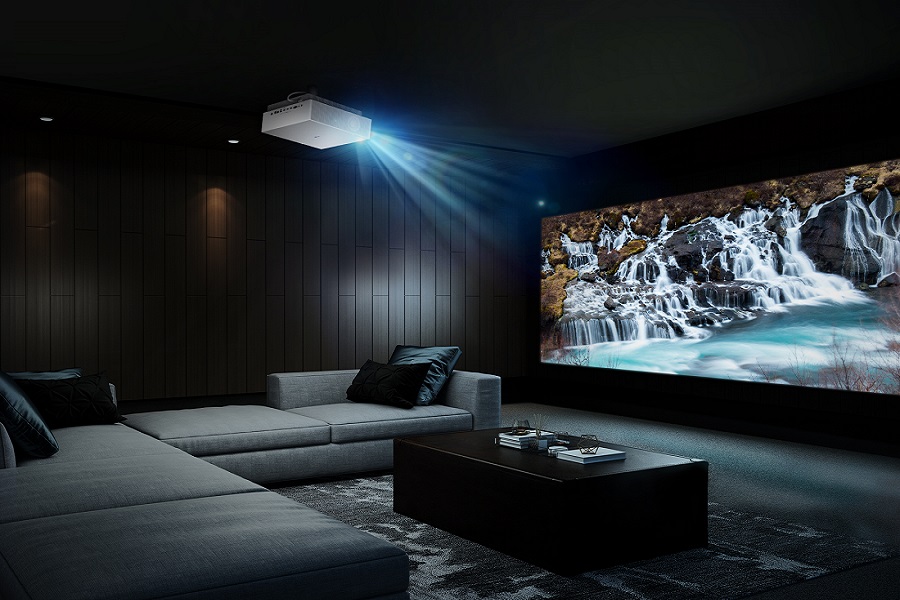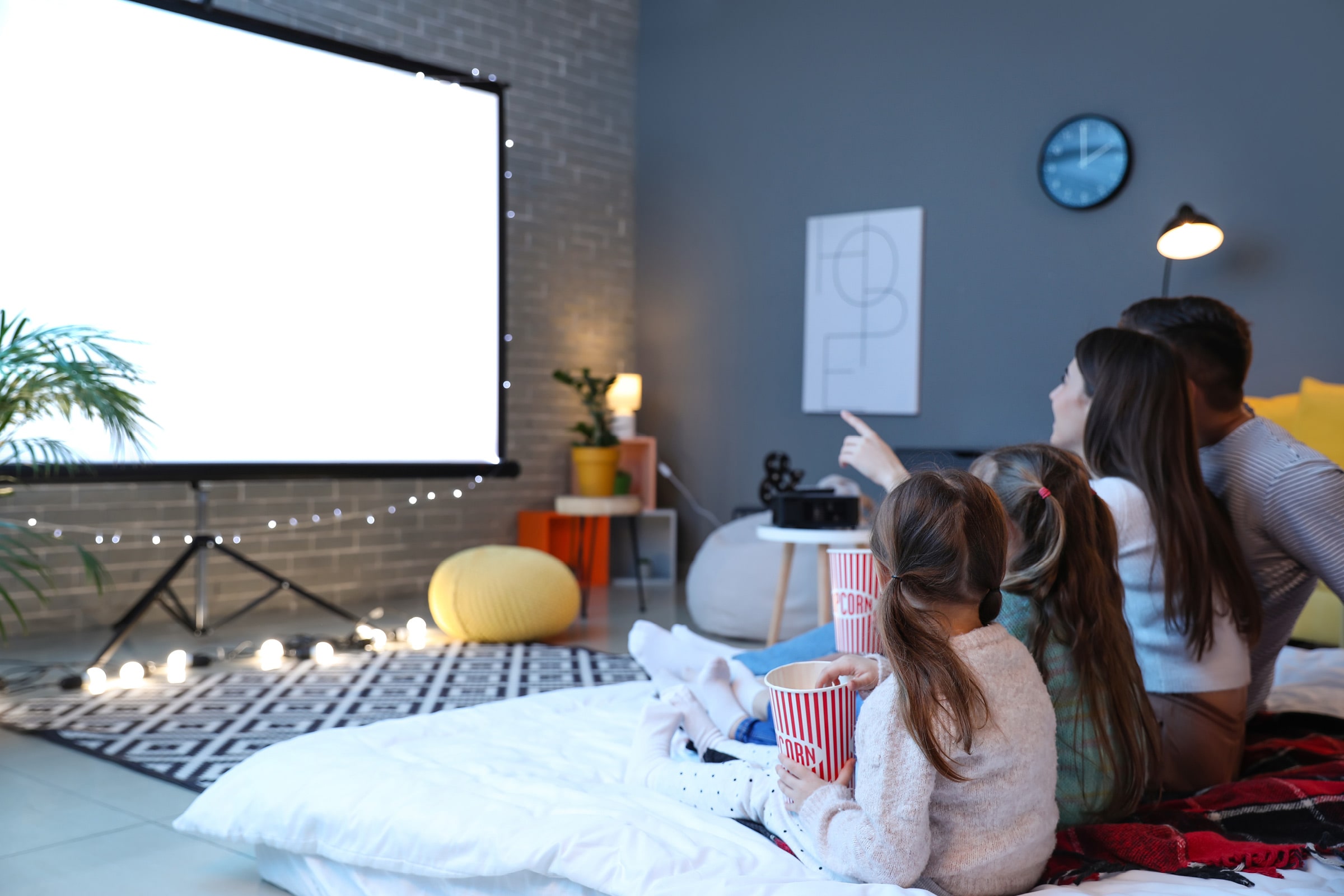How to Locate the Leading Home Theater Tampa Installation Professionals
How to Locate the Leading Home Theater Tampa Installation Professionals
Blog Article
Home Theater 101: Everything You Required to Know for a Motion Picture Experience at Home
Producing a home movie theater that measures up to the cinematic experience of a commercial theatre entails careful consideration of several parts, including screen selection, audio systems, and room design. Whether you are considering the excellent display dimension or the complexities of border audio, comprehending these basics is necessary.
Picking the Right Screen
When establishing a home theater, selecting the right display can make or break the viewing experience - tampa home theater installation. The screen serves as the focal point of your configuration, affecting image top quality, watching angles, and total aesthetic. Key variables to take into consideration include display resolution, type, and dimension
First, determine the suitable screen dimension based upon your room dimensions and seating distance. A general guideline is to rest roughly 1.5 to 2.5 times the angled screen dimension for optimal watching. Next, choose in between different display kinds, such as fixed-frame, mechanized, or retractable displays, each offering distinct advantages. Fixed-frame displays usually offer the most effective image quality, while mechanized alternatives enable flexibility in space usage.
Resolution is an additional essential aspect. For a truly immersive experience, think about a display designed for 4K and even 8K material, ensuring sharpness and clarity. Additionally, think about the display's gain, which affects brightness and comparison; a higher gain can enhance brightness in well-lit spaces, while a reduced gain may be better for darker settings.
Selecting Audio Equipment
Audio devices is an important element of any home theater system, substantially improving the total watching experience. The option of audio gear can establish the depth, quality, and immersion of sound, important for developing a motion picture atmosphere.
When choosing audio devices, take into consideration a surround audio system, which typically includes a receiver, several speakers, and a subwoofer. A 5.1 or 7.1 channel system is advised, where the initial number represents the speakers and the 2nd the subwoofer, giving an immersive soundscape. The receiver is the heart of the system, managing sound and video signals, and should support modern-day layouts like Dolby Atmos for an improved spatial experience.
Quality audio speakers are essential; look for versions that supply a well balanced noise account with good bass response. Floor-standing speakers can produce richer noise, while shelf alternatives save area. In addition, take into consideration cordless choices for simplicity of installation, although wired systems often deliver superior efficiency.

Optimal Seating Plans
Creating an optimal home movie theater experience pivots substantially on optimum seating plans. The setup of seats plays a vital role in both comfort and watching top quality, straight influencing the overall cinematic experience.
First, consider the screen dimension and seeing distance. A typical guideline is to place seats at a distance around 1.5 to 2.5 times the diagonal size of the display. This makes certain an immersive experience without stressing the eyes.
Following, elevation is crucial. If your seating remains in a tiered layout, the back rows should be more than the front to avoid blockages. For level seats, make certain that the front row is not as well close to the display, and that everyone has a clear line of sight.
Furthermore, consider the setup in terms of social characteristics. Group seats can improve the public experience, while specific seats might be chosen for individual viewing.

Last but not least, prioritize convenience with ergonomic seating that supports extended viewing durations. Incorporating recliners or supported seats can substantially enhance the experience, making the home movie theater a preferred location for both enjoyment and relaxation.
Lighting and Ambiance
Efficient lighting and setting are crucial components of a properly designed home theater, as they dramatically influence the viewing experience. The best illumination can improve the motion picture feeling, while poor selections can detract from it. For ideal outcomes, consider a layered illumination approach that article includes ambient, task, and accent illumination.
Ambient lights offers general illumination, guaranteeing that the area is not entirely dark, which can strain the eyes. Dimmer buttons are highly suggested, permitting changes based on the material being watched. Job lights, such as wall surface sconces or flooring lights, uses useful lighting for activities like reading or navigating the area without interrupting the overall environment.
Accent lights can be made use of to highlight building attributes or produce centerpieces, adding depth and passion to the area. LED Read Full Article strip lights behind screens or along shelves can offer a subtle glow that improves the visual experience without frustrating the customer.

Wiring and Installation Tips
A tactical wiring arrangement is essential for achieving optimum efficiency in your house movie theater system. Proper wiring not just ensures high-quality sound and video clip signals however also improves the general aesthetic of your area. Begin by drawing up your format, identifying where each component will certainly be positioned, including your screen, audio speakers, and receiver.
When picking cables, focus on high-quality, appropriately gauged wiring to reduce signal loss. HDMI cords must be made use of for video clip connections, while speaker wire ought to match the requirements of your speakers and amplifier. Choose in-wall ranked cable televisions to follow safety and security standards and keep a clean look.

Final Thought
In summary, producing a remarkable home movie theater experience requires cautious factor to consider of various components, including display choice, audio equipment, seating plans, lights, and electrical wiring. By focusing on these variables, a motion picture atmosphere can be successfully replicated, permitting for immersive viewing experiences that measure up to typical cinema settings.
Developing a home cinema that matches the cinematic experience of an industrial theatre includes cautious consideration of multiple components, including display option, sound systems, and space design.When setting up a home cinema, picking the appropriate screen can make or damage the watching experience. Next, pick between different screen types, such as fixed-frame, motorized, or retracting displays, each offering distinct advantages. For an absolutely immersive experience, take into consideration a display created for 4K or also 8K web content, making certain sharpness and quality.In recap, creating an exceptional home movie theater experience requires mindful consideration of different components, consisting of display option, audio devices, seating plans, illumination, and browse around these guys circuitry.
Report this page